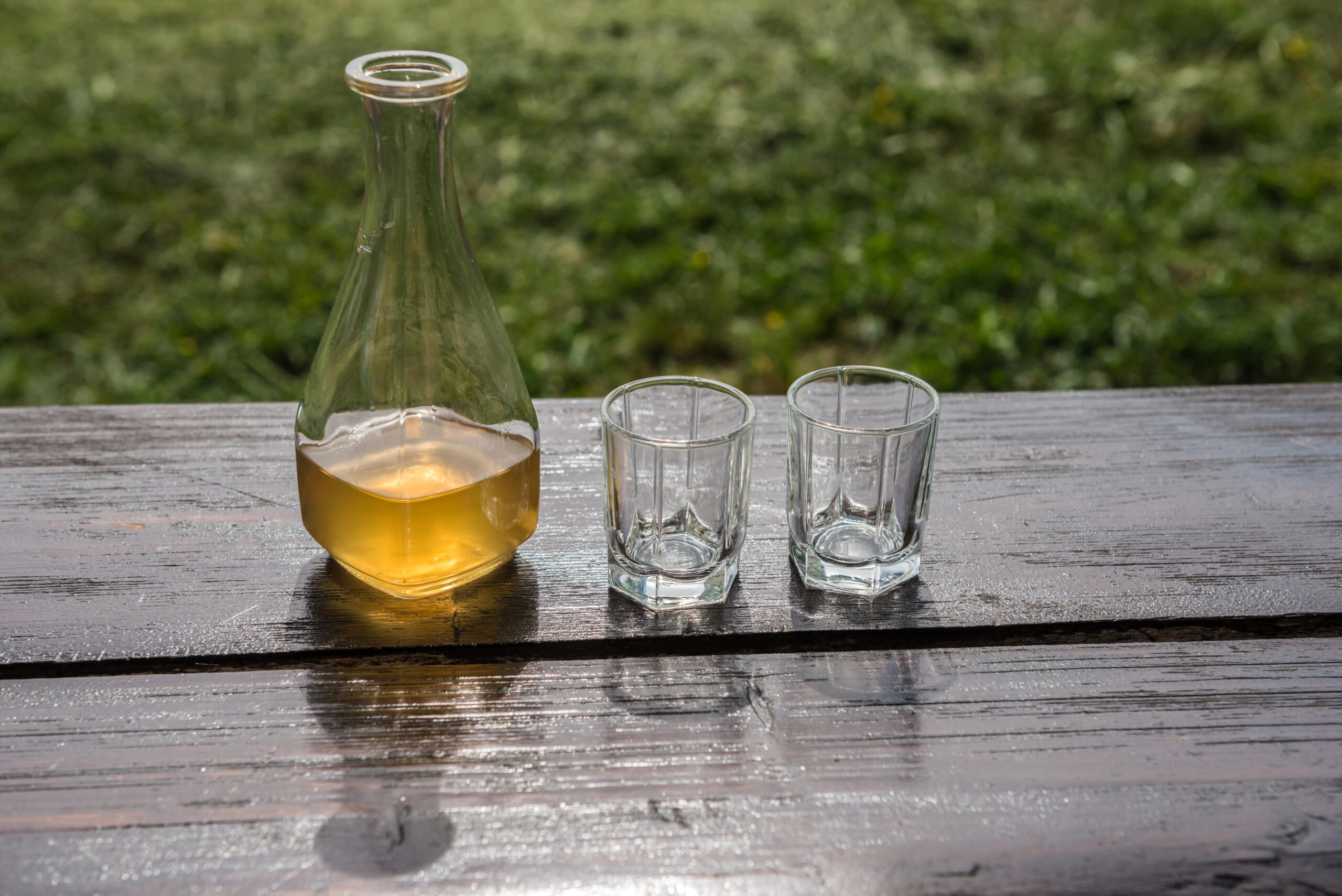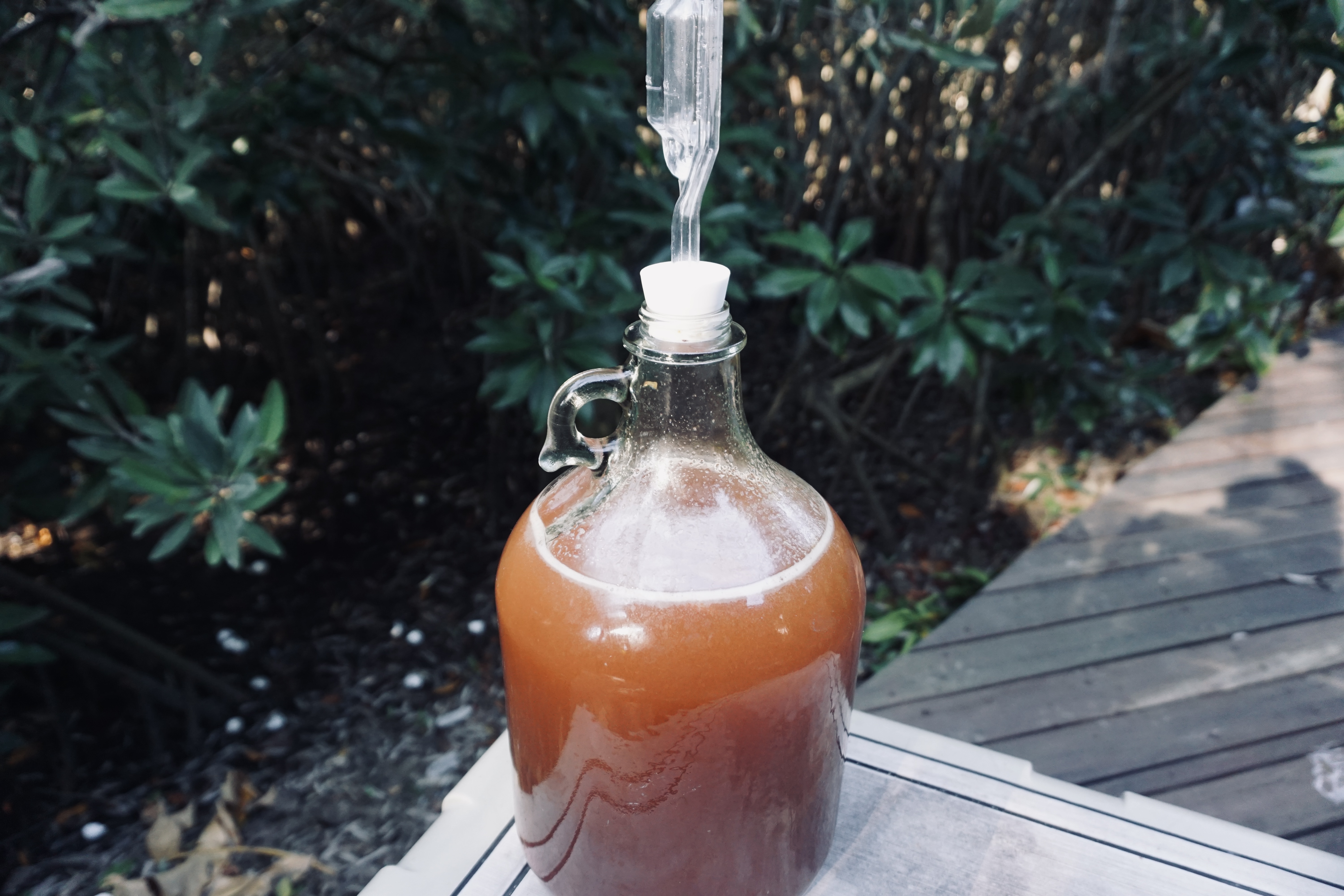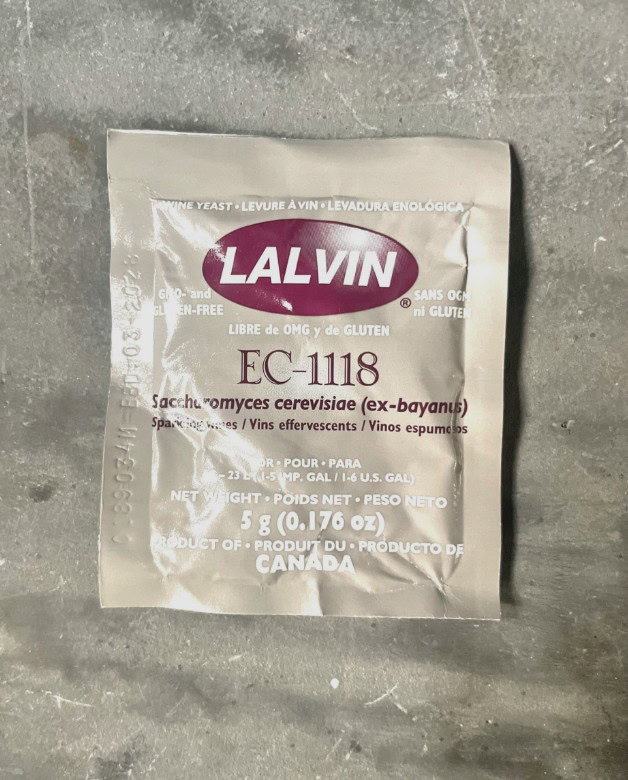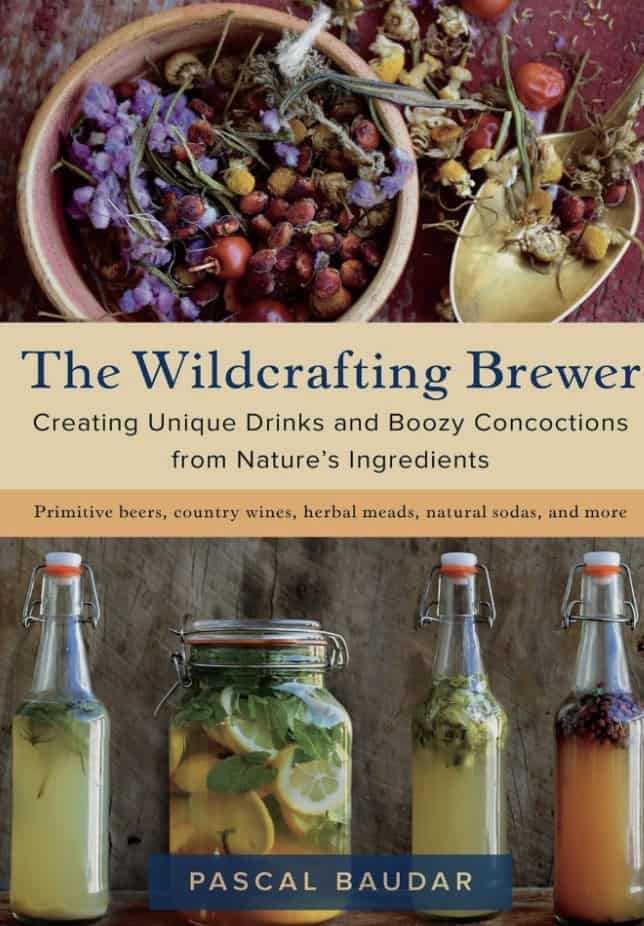In winemaking, fermentation is a hidden aspect that not many people are talking about, so you might be asking, how to ferment wine?
I can give you the surface level answer, or I can show you behind the curtains to the world of creative winemaking.
Perhaps it will inspire you to express the unawakened artist within.
This post is all about how to ferment wine

Disclosure: This post may contain affiliate links. If you click and make a purchase, I may earn a commission at no extra cost to you. Learn more here.
I am obsessed with all things wine, beer, and how to ferment wine and beer using wellness tips, sacred & ancient practices, etc.
But, man, I couldn't find anything on the internet that discusses these things...
We all love the flavors and tastes of wine, don't get me wrong, but the connection we can create and the community we can build with the powerful gift of nature is amazing.
The catch is, if we know how to do it.
My goal here is to show you the ways you can learn how to ferment wine in unique ways, that also allows self-expression and creativity.
Let's dive in.
How to Ferment Wine, Normally...
Before we get into the fun, creative and exhilarating ways to ferment wine... Let's start with how to ferment wine using normal methods. (These will help you understand the fun creative parts below).
I had NO idea about the various ways to ferment wine. In fact, I learned these working in a winery in California.
So, let's start with the basics, shall we?
The Top Way to Fermenting Wine, Normally
First, using commercial style yeast packets will be the most effective way to ferment wine. The different strains of yeast offer different end results.
Here are a few:
- Lalvin EC-1118, neutral and clean known as the champagne yeast
- Lalvin D-47, enhances tropical fruity notes with some spice and a creamy mouthfeel
- Lalvin 71B, fruity (strawberry, raspberry, grapefruit) with soft acidity
- Red Star Premium Rouge, rich, bold red fruit (cherry, plum)
- Red Star Premium Blanc, neutral to slightly fruity with subtle apple and pear
- QA23, bright crisp citrus and stone fruit
- BM 4x4, jammy red fruit with velvety texture
As you can see there are soooo many to choose from! Below is the "champagne yeast" which is a great overall option to ferment any kind of wine!
The packets are suuuper cheap and 100% effective. You can use these to ferment fruit, ferment carrots, ferment rice, ferment beer. Literally anything.
This way will be the best method for a quick, easy, and effective ferment guaranteed.
In wineries, commercial dried yeast packets are the bread and butter to most winemakers recipes. They are easy, effective, and you know your wine will come out the other side perfectly.
Important Resources for Fermenting Wine
How to Use a Hydrometer in 5 Easy Steps (& What Even Is It)
On-Demand Winemaking Equipment List for Beginner Winemakers
The Ultimate & Approved Basic Wine Guide | Get Your Questions Answered
Obviously, we need yeast to ferment juice into alcohol.
That is the basic way to ferment wine, but let's see the hidden secrets to fermenting wine differently to optimize our creativity.
Fermenting Wine, Differently...
The best part of winemaking for the creatives: How to ferment wine by blending in herbalism, natural fermentation, and of course, artistry.
The methods here are the top inspirational ideas on how to ferment wine for ultimate creativity and expression all from your own home.
RELATED POST: 11 Beautiful & Traditional Fermented Drinks From Around the Globe
The Methods of Fermenting Wine, Differently:
In the basic form, fermentation is the natural processes where yeast eat sugars and transform them into ethanol alcohol, right?
So, we can manipulate the fermentation process through the yeast population, the sugars, the temperature, and then play with herbal additions.
Natural Fermentation Using a Yeast Starter
Essentially, a yeast starter is taking yeast that is already living on the skins of ginger, apples, even grapes, and cultivating a population.
How to Make a Yeast Starter in 8 Easy Steps
You can then use this population to ferment wine, beer, cider, etc.
Many winemakers, in wine making regions across the world, will practice natural fermentation to create natural wines. Which is fermenting wine using the yeast naturally on the grape skins.
Learn more about natural fermented wine here!
Since the beginning of winemaking, people have relied on the natural abundance of yeast on the grapes and fruits for their fermented beverages, so why not ferment differently and tap into the ancient secrets...?
RELATED POST: 5 Timeless Techniques to Make Your Own Wine Like a Goddess for a Perfect Dinner Party
Tweaking Fermentation Temperatures
Let's make this suuuuper simple:
The warmer the temperature the faster the fermentation, the cooler the temperature the slower the fermentation.
So, what does this mean exactly...?
When you are learning how to ferment wine, beer, cider, etc, the temperature of your fermentation studio, or room, will determine how quick the fermentation happens.
In 90 degrees F, fermentation will blast! Yeast will eat sugar like never before, and your airlock will be bubbling like crazy!
This will only happen for a couple days. Then nothing... Fermentation will be complete. All the sugars will have been made into alcohol.
Sooo, why the heck does that matter?
The quicker the fermentation happens the less time there is for the flavors to deepen and develop, generally, but depends on what you are fermenting (wine, beer, cider, etc.)
For winemaking, wineries will shoot for 1-2 weeks of fermentation in the primary (learn about secondary fermentation here).
Moral of the story, play with the temperatures:
Place your wine in the fridge for 3 months to ferment, keep the temperature at 75 degrees F, place in a warmer fridge for 4 days then out of the fridge for 4 days, etc. Learn more here!
The flavors will change, develop, and express themselves differently at different temperatures. Alternatively, check your yeast strain's temperature resilience if using a dry yeast!
Experiment with Various Fruits & Sugars

The cool thing about different fruit juices is they tend to vary in sugar content: some are waaaay sweeter than others and vise versa.
Sugar content is extremely important because that is how we convert to wine. So, how to ferment wine properly is ensuring there is enough sugar!
PRO TIP: Know how to use a hydrometer!
When we get juice that is not sweet enough, what do we do...? Great question.
Add fermentable sugar!!
Common types of fermentable sugar:
- Organic sugar
- Organic local honey
Adding honey technically will create a "honey wine" or a "mead". The honey can also add new and profound flavors you won't get in simple fruit juice.
Using organic sugar will get your fruit juices to reach the fermentable level to craft wine, though, will add very little to the overall flavor profile (compared to honey).
Use your artistry to blend sweetness, honey flavors, and varying fruit juices.
Some other fruit juices to experiment with:
- Organic orange juice
- Organic plum juice, create decadent plum wine
- Elderberry juice to craft an immune boosting wine
- Blueberry juice
- Pineapple juice for razzy wine
As you can see, there is more than one way to fermenting wine, especially unique wine for the creatives out there!
As we move into our last method to fermenting wine differently, also note we can mix and match various ways to ferment wine.
Co-fermenting with Other [herbal] Ingredients
Ok, before I get started with the rabbit hole of herbal wines, herbal meads, and fermenting wine, let me give you some resources.
First, the wildcrafting brewer... If you are not familiar with Baudar's work, you are MISSING out big time.
He uses natural ingredients from his local environment to ferment wine, beer, sodas, ciders, and more!
When I first found this book I swear I was transported to another world of fermentation, natural wines, beers, etc (probably because the photos are out of this world).
Honestly, this book is worth it just for the amazing photos...
In the book, you will learn how to ferment:
- Lazy prickly pear wine
- Elderberry wine
- Elderflower champagne
- Mint and herbal mead
And so much more!
Herbal ingredients can be added in primary fermentation or secondary fermentation. Depending on your end goal, the herb, the wine, etc.
Ensure you are getting quality herbs when crafting these beverages! Check Mountain Rose Herbs for organic sustainably sourced herbs.

Whew, okay. Let's wrap this up of what we just went through because it was a LOT of information.
Fermenting wine is, obviously, done by yeast. We saw the best strain of yeast to use for ANY wine, and saw the other strains of yeast you can experiment with!
Then, we dove into how to ferment wine, but differently. Because... We like to be creative, experiment, and express.
Those ways were:
- Natural fermentation using natural yeast
- Tweaking fermentation temperatures
- Experiment with different sugar sources and fruits
- Co-fermenting with other fun ingredients
Which is your favorite? What one are you most likely going to execute?
Let me know in my Pinterest DMs, and until then, happy brewing!


